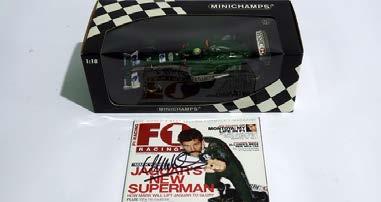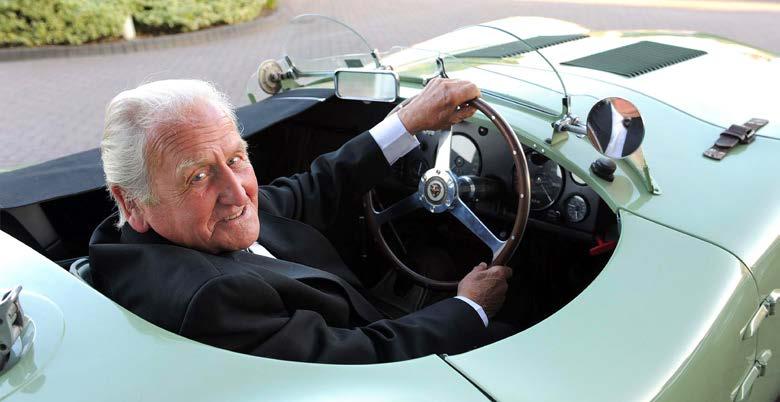
10 minute read
Norman Dewis Birthday Wish
Jaguar's legendary test driver would have turned 100 in August.
Norman Dewis spent much of his career as a Jaguar test driver and engineer, pretty much flat out. Literally, Jaguar tells us he completed more than one million miles of testing at average speeds of over 100mph. And as befits a man who spent his life going very fast indeed, he wanted to spend his 100th birthday driving a Jaguar at 100mph once more. Sadly, Dewis passed away in June 2019 at the age of 98, but leaves behind him an incredible legacy that helped shape Jaguar’s biggest moments. Acknowledgement to BBC Top Gear Magazine for the information in this story. .
Norman Dewis birthday celebration in 2010. Seen here behind the wheel of a C-Type Jaguar
Dewis began his career with Jaguar on 1 January 1952, and alongside his job as helping develop the cars we all now consider iconic, he also played a “pivotal role” in the development of the Jaguar/Dunlop disc braking system. Here he is navigating with Sir Stirling Moss in a C-Type (with disc brakes) at the 1952 Mille Miglia.

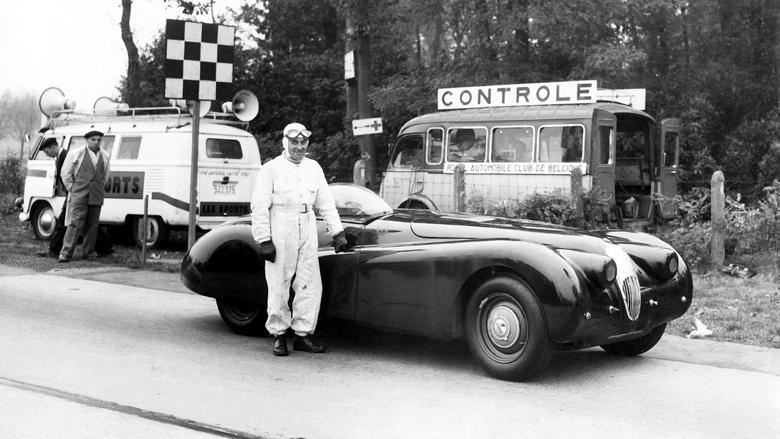
A year after navigating for Sir Stirling at the Mille, Dewis was doing what he did best. In 1953 he set a production car speed record of 172.412 mph in a modified XK120, on a closed section of the Jabbeke highway in Belgium.
You may know of Dewis’s overnight heroics, driving a new E-Type 700 miles from Coventry to Geneva in one hit for its reveal at the 1961 motor show. As Jaguar said, “there was only one man for the job”. Indeed, he helped develop the very car that has become a cornerstone of what Jaguar stands for today.
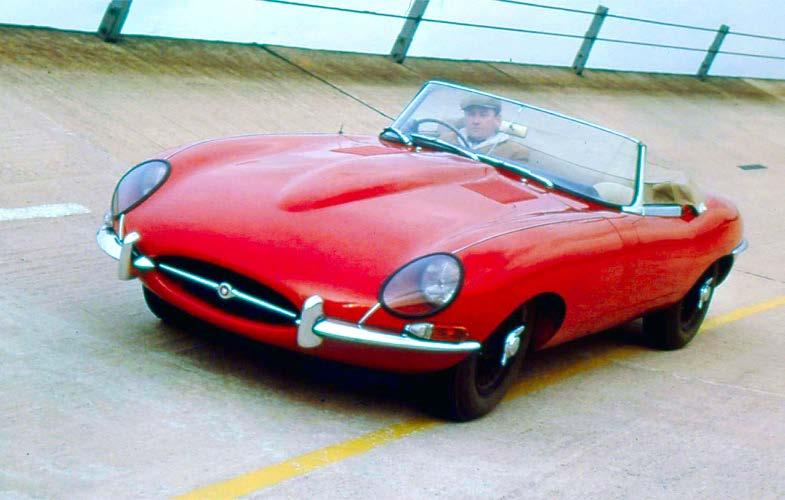

Dewis also played a hand in developing the heart-stoppingly gorgeous, mid-engined XJ13 which launched in 1966. However, later in 1971, Dewis drove the XJ13 at the MIRA test track for a film celebrating the launch of the V12 E-Type. A punctured tyre resulted in a crash, flipping the only prototype over. Dewis, thankfully, emerged unscathed, and the XJ13 was later rebuilt.
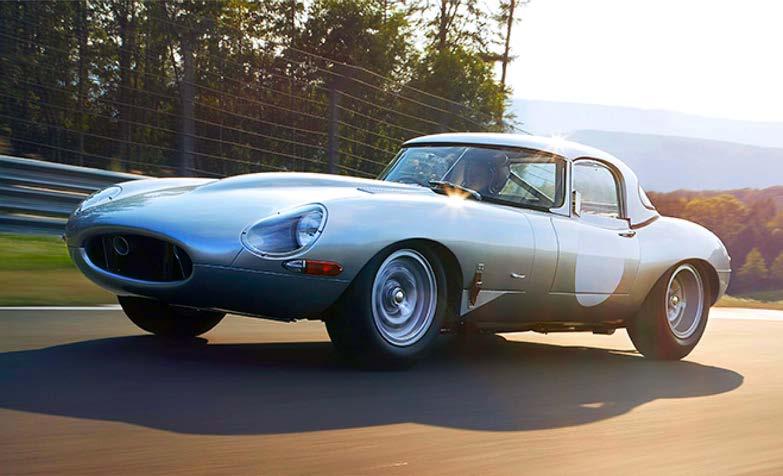
Apart from Norman Dewis' 100th birthday, a milestone the former Jaguar test driver never got to reach, the world has also lost Sir Stirling Moss. However, a new documentary has been made that celebrates one of the achievements they're known best for: pioneering the disc brake. Called 'The Racers That Stopped The World', the documentary cast includes Derek Bell, Sir Jackie Stewart and Murray Walker alongside Moss and Dewis discussing the impact the Jaguar C-Type and its disc brakes made on motorsport. It was back in 1952 that disc brakes were first used in a C-Type, Dewis testing incessantly with Dunlop over the winter and getting a car on the Goodwood grid that spring, with Moss using it to set the fastest lap - making it clear Jaguar was onto something. In 1953 came the C-Type’s crowning moment; with further Dunlop-Dewis testing, the team went to Le Mans. Not only were the C-Types lighter than ‘52, they had improved discs brakes. The result was a one-two for Jaguar, with Lister became world-famous in the racing world in the 20th century, it reinvigorated the continuation car market and has made a new name for itself with its highly tuned versions of current Jaguar models in the 21st. The Lister Motor Company is now about to launch its take on the Jaguar F-Pace SVR – the 675 hp Lister Stealth. The Lister SUV boasts a top speed in excess of 200 mph, which Lister claims makes it the fastest SUV in the world. If the 200-mph figure proves correct, the Stealth would indeed be faster than the Bentley Bentayga Speed, which has a top speed of 190 mph, and the Lamborghini Urus, which maxes out at 189.5 mph. The car follows on from the one based on the F-Type, “F-Type Thunder” that saw three years of development. There wasn’t a budget for a big launch and so they simply sent out a press release – and sold 14 cars on the day at £155,000 each,

Tony Rolt and Duncan Hamilton taking the victory and the second placed car piloted by Moss and Peter Walker. It was also the first time that Le Mans had been won with an average speed of more than 100mph. which was a £65,000 increase on the production F-Type. The Stealth has a full carbon-fibre body kit, new suspension, new wheels, new interior, a significant 20% power upgrade and a new exhaust set to loud. The model is being produced in limited documentary that is available on Sky. It, certainly looks worth a watch. Go to Racers that stopped the world. .
Lister Stealth Claims to Be Fastest SUV In the World
This short trailer previews the

quantities, with only 250 making their way to customers, starting at £110,000. Compared to a new Range Rover SVR at £150,000 or a Lamborghini at £200,000, it’s possible that they may achieve their 250 sales target. Only time will tell. .
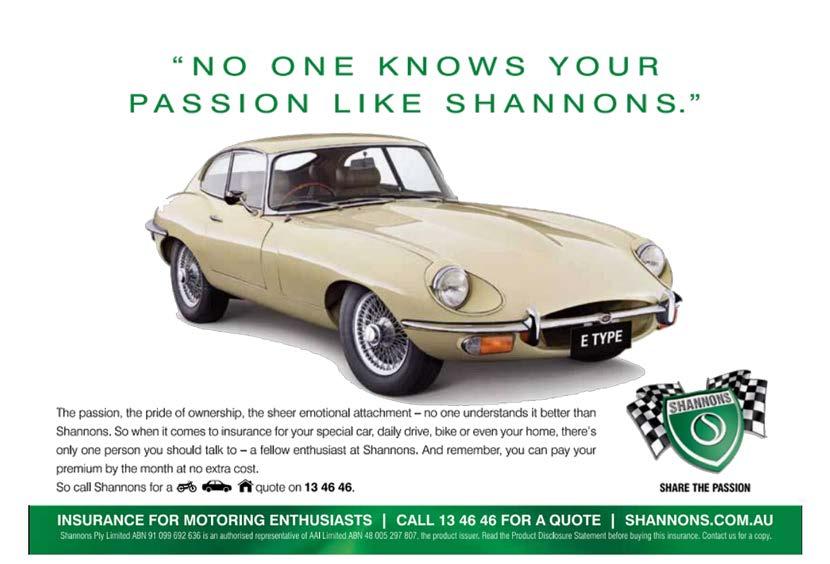

Formula E and in the I-Pace eTrophy racing series have done more than showcase the potential of electric vehicles.
The data they produce has benefited Jaguar by helping to improve their allelectric SUV. It has been a huge enabler for upgrades to the revamped 2021 I-Pace electric SUV and eventually the all-electric Jaguar XJ sedan. Steve Boulter, the I-Pace vehicle integration manager, outlined what he calls “an amazing test bed” for learning about thermal management and duty cycles in EVs. “In the end, that means it’s like a customer’s got a full race team behind them as well,” Boulter said. “Racing gives us experience and information that we wouldn’t otherwise have as engineers.” When you combine the data from that extreme racing environment with the hundreds of millions of miles of road-car data that Jaguar has, it can get a better perspective on how its cars are being used and how they can be improved.
Existing I-Pace Updates
Boulter says that a very significant update took direct advantage of Formula E and eTrophy telemetry data. By changing the default torque distribution between the front and rear motors to 30% on the front, 70% to the rear—versus 50/50 before—Jaguar found that it could improve efficiency without affecting performance. It also boosted efficiency by using more regenerative braking and bringing it in sooner, at lower speeds and when the state of charge is higher. It’s also made more effective use of the active radiator-vane system, which can shut off the grille at the front and balance improved aerodynamics with cooling needs, and changed the heat pump behaviour and scavenging behaviour from components. Previously updates required a trip back to the dealership. But now owners can get over-the-air updates. Finally, the battery management software has been updated to allow the batteries state of charge to run lower than before “without affecting the durability and the drivability and performance of the car whatsoever,” assured Boulter.


2021 I-Pace Upgrades
The new I-Pace will include hardware upgrades to the whole electrical architecture. That will enable more in future over-the-air updates, Boulter hinted, but the most noticeable thing in the 2021 is a new Pivi Pro infotainment system that is 85% faster than the previous system, includes improved navigation, and can now pair two phones at once. An upgrade of the climate control system will allow more efficient heating and added filtration down to PM2.5. When you’re charging you can set the vehicle to use purification to purge allergens and ultra-fine particles. With a dual-modem embedded SIM and available 4G data plan, vehicle-wide over-the-air updates are less intrusive, allowing some updates to occur while the car’s in use. Not all the technology is going from the race car to the road. The Formula E car uses the road-sign recognition system that was originally developed for road cars. The irony is that the electric race car uses the technology developed to keep your speed down on public roads. It identifies where the race car is on the track and, taking stock of how much charge is left, to work out how fast it can go on the race course without running out of power. .

jdcsa.tidyhq.com/public/schedule/events
2021 Club Calendar - Photos Needed
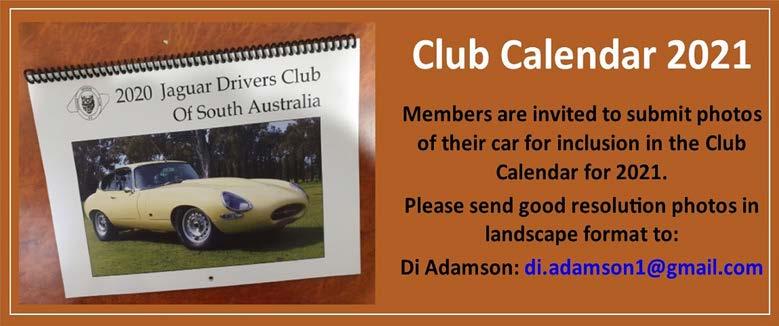
CarsGuide recently reviewed the E-Pace Chequered Flag P250 grade to see how it compared to its larger sibling and the tough competition from Europe and Japan. Impressive Standard Features
James Cleary, Deputy Editor of CarsGuide believes that once a vehicle surpasses the $60k mark you should expect a lengthy list of standard features, and the top grade Chequered Flag doesn’t disappoint. A fixed panoramic glass sunroof, grained leather seat trim with contrast stitching, 10-way adjustable heated electric sports front seats, dualzone climate control, and a 10-inch ‘Touch Pro’ multimedia screen are just some of the high-end features. Outside, a ‘Black Exterior Pack’, 19-inch alloy wheels, heated and power-folding door mirrors with approach lights, auto LED headlights, and a power tailgate are all standard inclusions. And while Cleary notes “...the standard fit-out delivers good value in terms of the asking price and category competition.”
Striking Design Inside & Out
Dramatic design elements like the Chequered Flag’s dark mesh grille and long tapered LED headlights receive praise for creating “a recognisably feline face, with dark accenting on the fender grilles and window surrounds adding an extra air of intensity”. The coupestyle roofline, tapered glass and broad haunches complete the eye-catching picture and accentuate the E-PACE’s dynamic look. Inside, the cabin feels both cosy and spacious at the same time, “with the steeply sloping dash and centre console increasing the feeling of space, yet keeping key controls and storage options within easy reach”. In the driver’s seat there’s ample leg, shoulder and headroom, while accommodation for those seated in the back is also given Cleary’s stamp of approval.
Performance On The Road
Equipped with a 2.0-litre twin-scroll turbo-petrol engine, it accelerates from 0-100km/h in a brisk 7.1 seconds. The transmission’s adaptive shift system works well at reading the way you’re driving, to tailor its behaviour accordingly, but for Cleary “shifting gears manually via the wheel-mounted paddles adds to the fun and accuracy”.
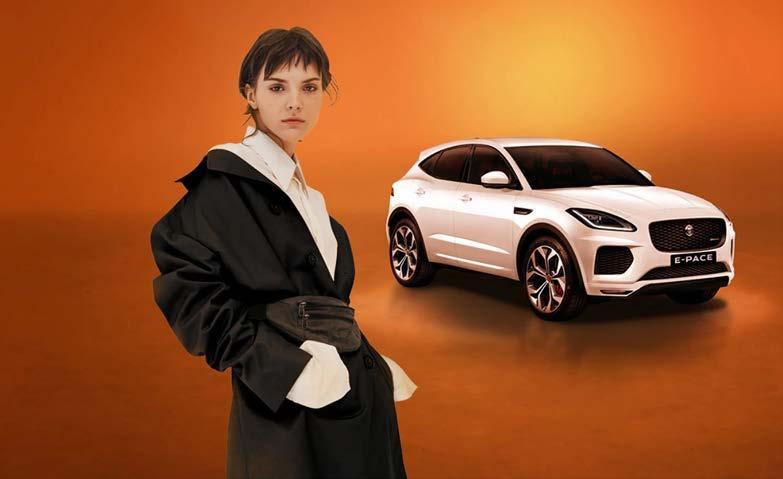
A well-engineered set-up delivers cushy suspension and is tuned to cope with a range of conditions. Four drive modes are offered - ‘Normal’, ‘Dynamic’, ‘Eco’ and ‘Rain/Ice/Snow’, which adjust inputs like the steering, throttle response, transmission shifts, stability control, torque vectoring, and AWD system. For Cleary, “dynamic is the sweet spot, buttoning everything down just a little tighter, without any major effect on refinement, the car remaining quiet and composed even when driver enthusiasm starts to take the upper hand.”
Conclusion
After putting the E-pace Chequered Flag P250 through its paces, CarsGuide concludes that it’s “a compact, polished premium SUV package. Good value, super safe and spacious, it combines brilliant practicality with comfort and healthy performance...for those who don’t want to skimp on the luxury experience, it’s a compelling option in a highly competitive category”. .
This Event remains unconfirmed at this time. Please keep the following dates free. Sunday 18th October at Civic Park and Sunday 25th October at The National Motor Museum. The Club will confirm the Date and Venue as soon as possible.









